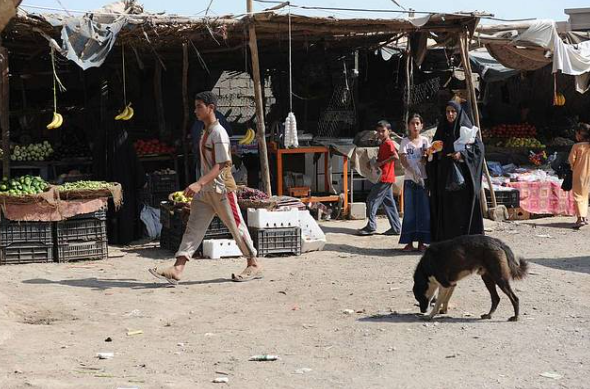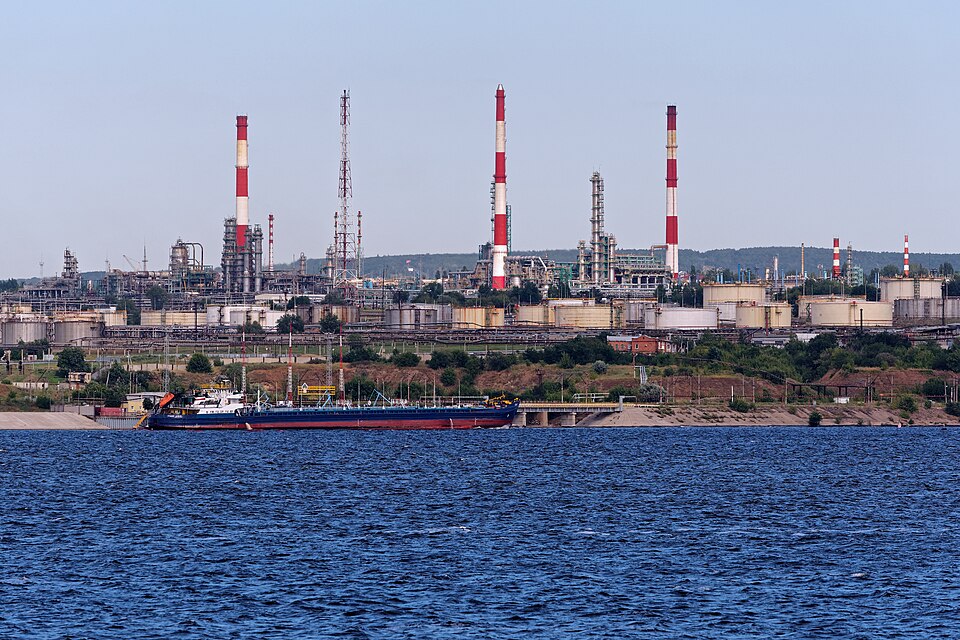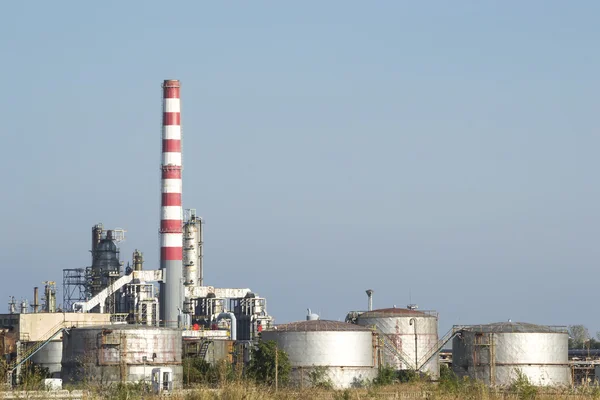
How might a nation strike 1,400 kilometers into enemy territory when not a single fighter jet crosses the border? On November 11, 2025, Ukraine had an answer: a drone offensive, coordinated to take out one of Russia’s most valuable oil refineries. After multiple precision hits, the $4.6 billion Orsknefteorgsintez plant in Orenburg erupted in flames to mark a new chapter in long-range warfare.
This was no one-off raid. The attack was part of a Ukrainian strategy to take out the energy backbone of Russia, including refineries, terminals, and fuel depots deep inside Russian territory. For defense analysts, the operation affords critical insights into evolving drone capabilities, the vulnerabilities of centralized energy infrastructure, and the shifting balance of strategic deterrence in the conflict.

1. The 1,400km Operational Reach
Thus, the strike at Orsk, conducted from 1,400 kilometers by Ukraine’s Security Service Alfa Special Operations Center, underlined the maturity reached by Ukraine in its long-range drone program. If the SBU sources are to be believed, the drones reached deep inside Russian airspace to hit four primary oil-processing units with a production of more than 30 types of petroleum products. This scope of operations certainly challenges traditional assumptions of safe rear areas and forces a recasting of defense depth by Russia.

2. The Strategic Value of Orsk
The Orsk refinery processes 6.6 million tonnes of oil a year, yielding gasoline, diesel, jet fuel, and lubricants vital to both civilian markets and military supply chains. Owned by Safmar Group via ForteInvest, its role in sustaining Russian occupation forces made it a high-value target. In striking Orsk twice in a little more than a month, Ukraine has indicated that even the most heavily guarded, economically vital assets remain within its sights.

3. Coordinated Multi-Target Offensive
The operation on November 11 also reached the Saratov refinery and the Morskoy oil terminal in occupied Feodosia. Having a daily capacity of 140,000 barrels, the Saratov facility has been hit seven times in 2025, disrupting supplies to European Russia. In Crimea, damage to storage tanks further strained Russia’s southern logistics. This synchronized targeting of multiple nodes demonstrates Kyiv’s ability to orchestrate complex, multi-front energy warfare.

4. Russian Fuel Network Disruption
The closure of Orsk caused shortages in the Urals and Volga regions, which the military had to reroute and raise prices for. Adding to that disruption was the stoppage at Saratov: this had a significant impact on both the military distribution of fuel and civilian markets. As analysts explain, such strikes have a cascading effect, degrading Russia’s war economy and complicating its ability to maintain operations across multiple theaters.

5. Increased Drone Warfare Capabilities
Ukraine’s arsenal includes FP-1 and Liutyi one-way attack drones, increasingly capable of piercing thick air defenses. Strikes have reached as far as 1,500 km from the border, hitting nearly half of Russia’s refineries since August. The expansion in range and precision, therefore, elevates drones from merely a tactical instrument of harassment to a strategic strike asset.

6. Russia Mobilizes Counter-UAS
In response, Moscow is mobilizing to call out reservists with new laws to guard vital infrastructure. Vice-Admiral Vladimir Tsimlyansky announced mobile fire teams armed with truck-mounted weapons and drone detectors. Such units would be deployed to guard refineries and transport hubs but, in the past, have rarely proved effective against swarming, long-distance drones.

7. Civilian Impact and Emergency Measures
Explosions in Orsk broke windows, sent residents fleeing from their homes, and closed down the airports in Orenburg. Residents of Saratov also reported similar damage, though with shattered glass, injuring at least one person. Emergency services worked round the clock to localize fires and restore utilities, underlining how strikes at military-economic objectives transfer into civilian life.

8. Vulnerability of Centralized Energy Assets
Repeated hits on Orsk and Saratov demonstrate the risk of concentrated production in big processing facilities; when it gets targeted, the economic and logistical consequences are severe. Experts warn that this model of Russia’s centralized refining, though efficient in peacetime, is not adapted to a war in which long-range precision strikes become routine.

9. Strategic Messaging and Psychological Effect
In demonstrating reach and precision, Ukraine is driving home a very clear message: no Russian energy hub is out of reach. This erodes confidence in Russia’s ability to protect key assets and may deter future investment in vulnerable infrastructure. The psychological impact on both military planners and the civilian population is a force multiplier.

10. The Future Direction of the Energy War
With deep strikes now available to Ukraine, the choices for Russia are to disperse production, harden defenses or continue to take losses. Analysts say sustained attacks on energy infrastructure could remake the logistics of the war and force both sides to rethink their approach. The November 11 strikes may be remembered as the moment when energy warfare became the key factor in the conflict’s outcome.
The strike on Orsk, 1,400km from Ukraine’s border, represented more than a tactical success: it was a strategic demonstration of the evolving character of drone warfare and the fragility of the critical infrastructure that sustains modern conflict. For defense planners, the lesson would be clear: when adversaries have precision long-range systems, the rear is no longer a sanctuary, and energy assets are as much a battlefield target as front-line positions.

